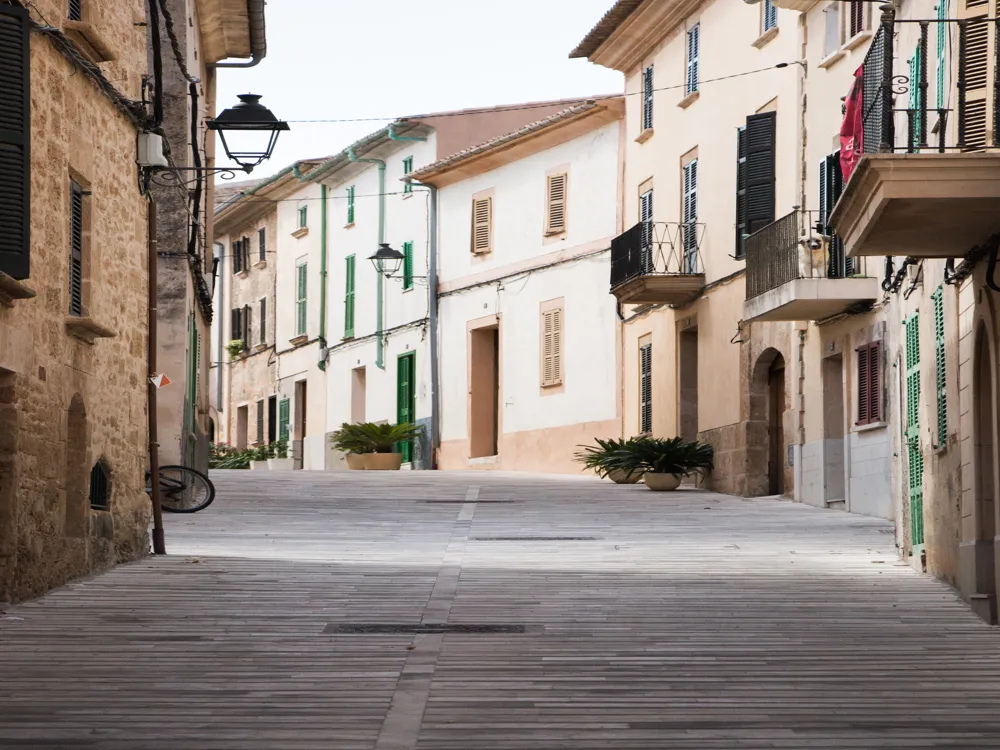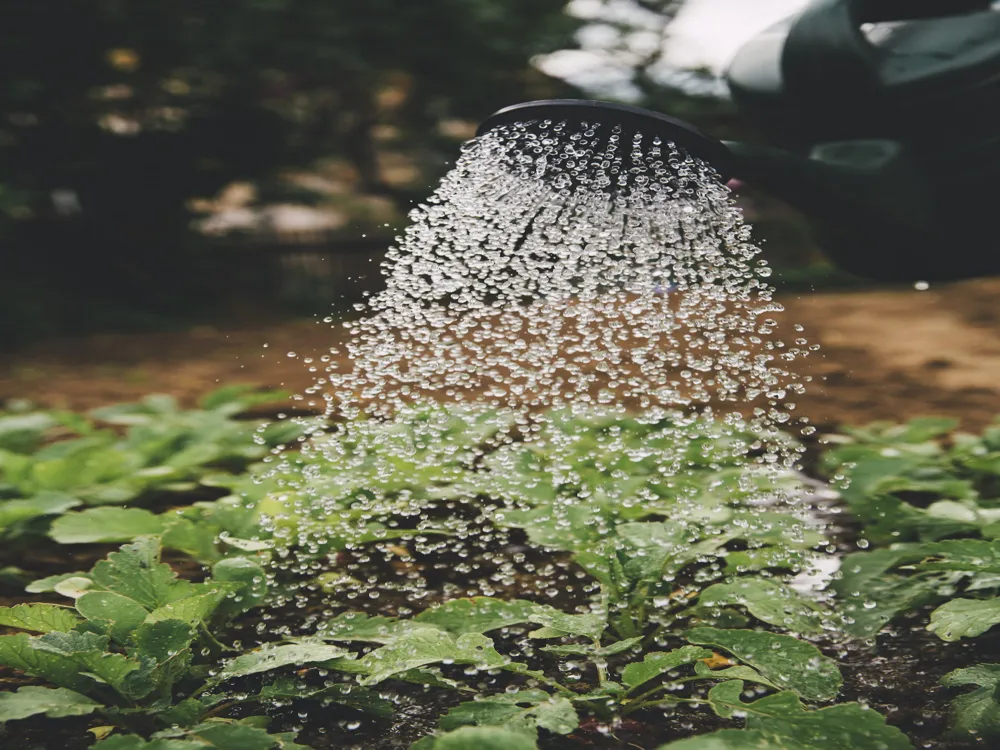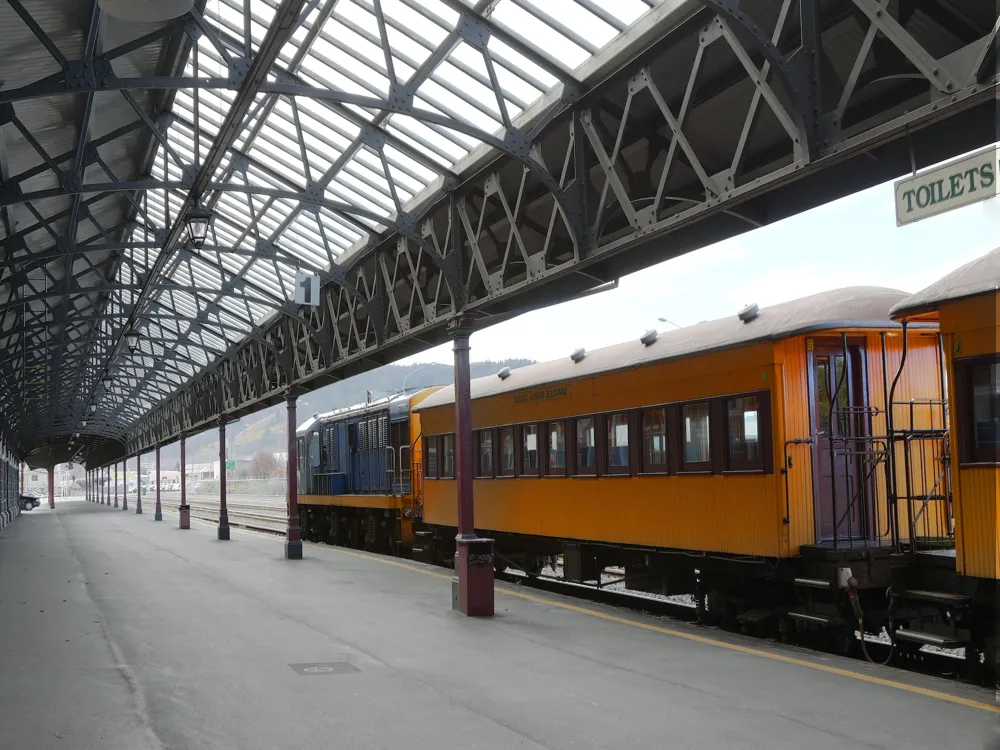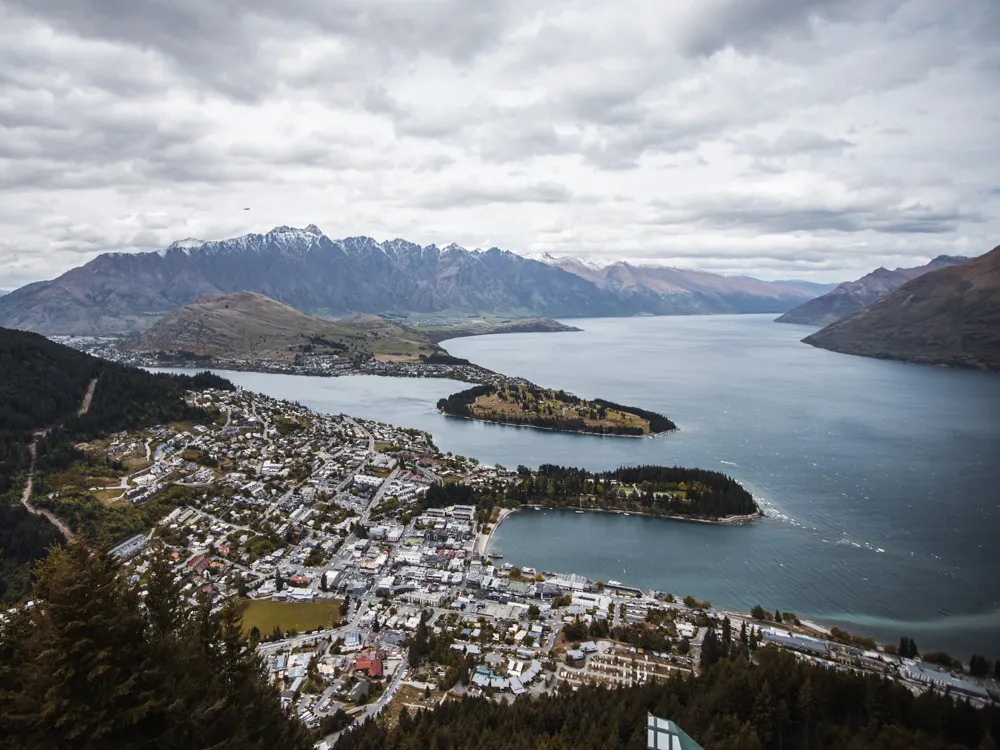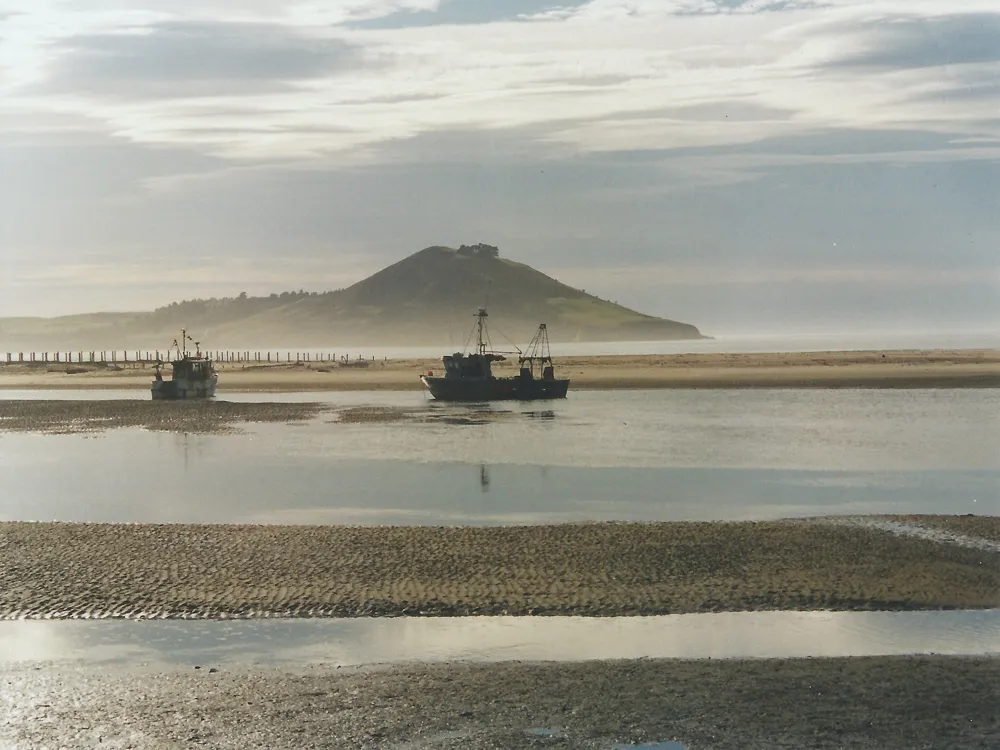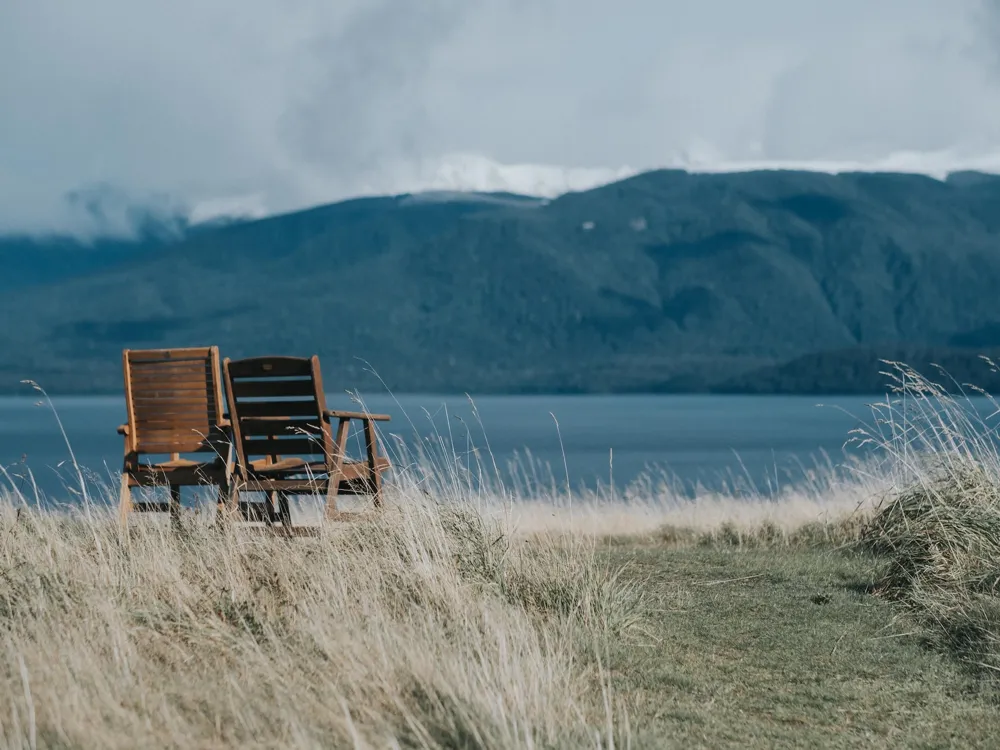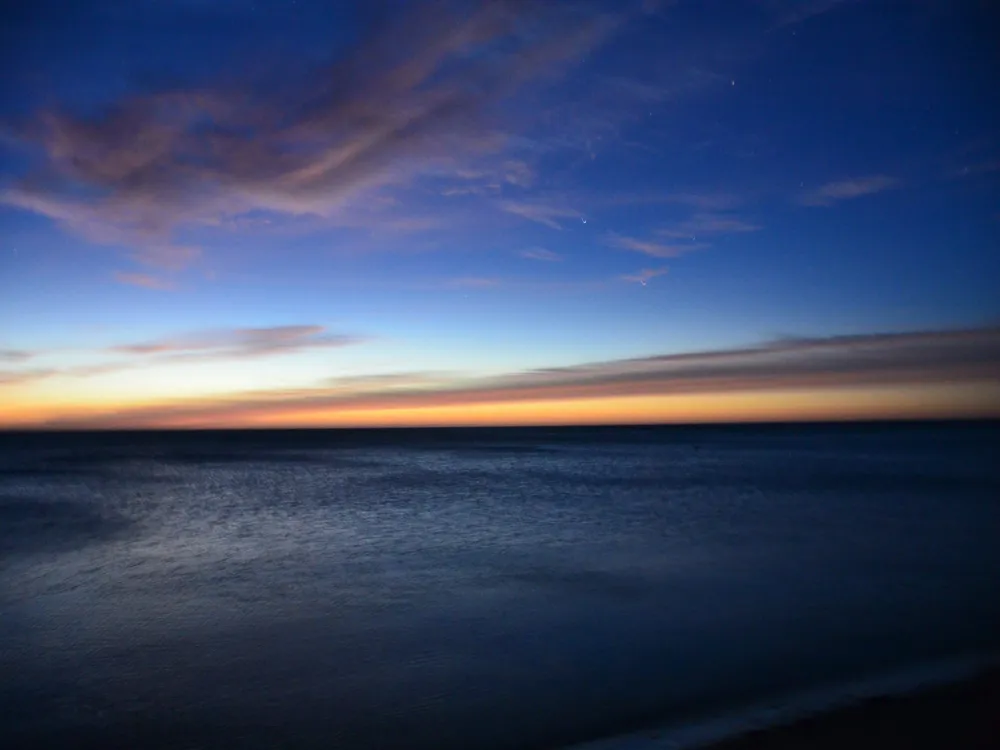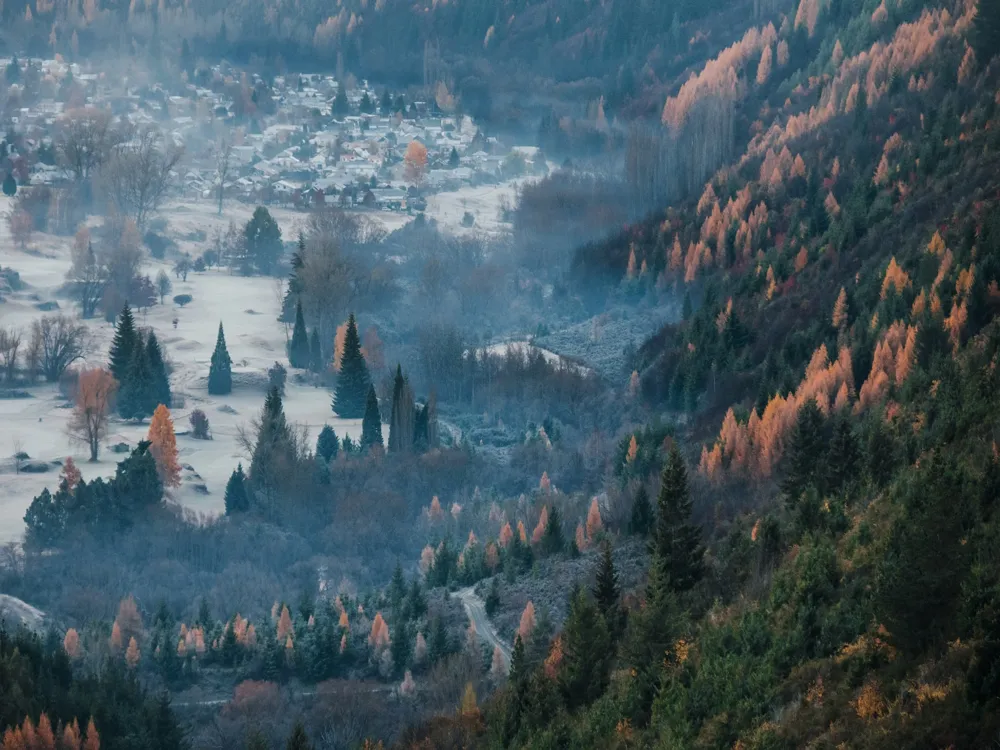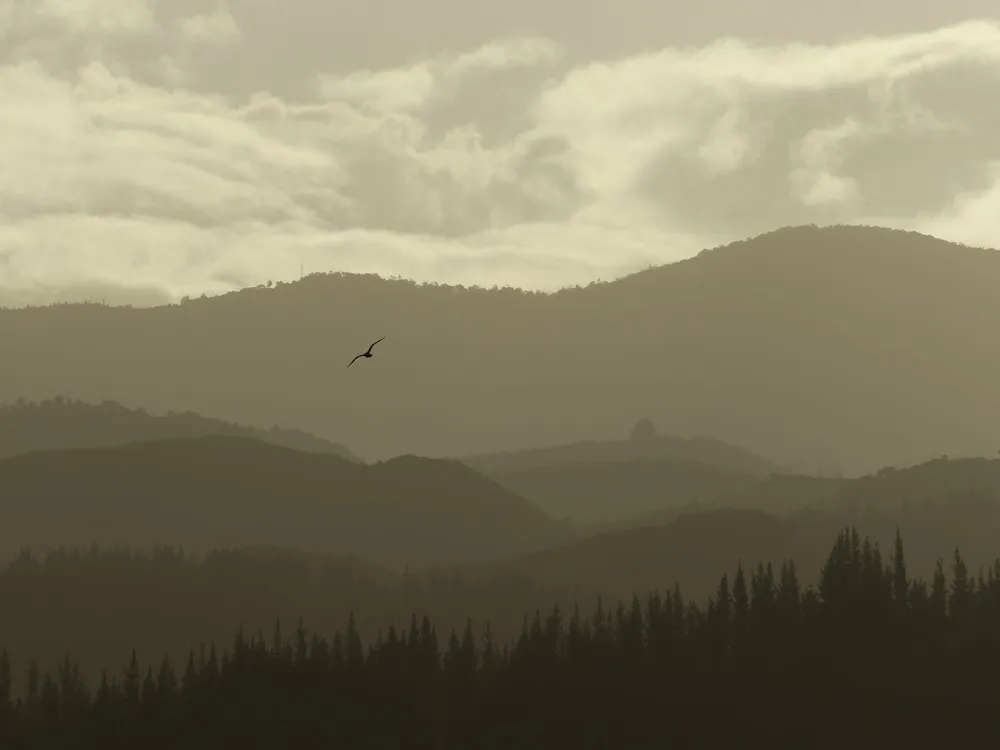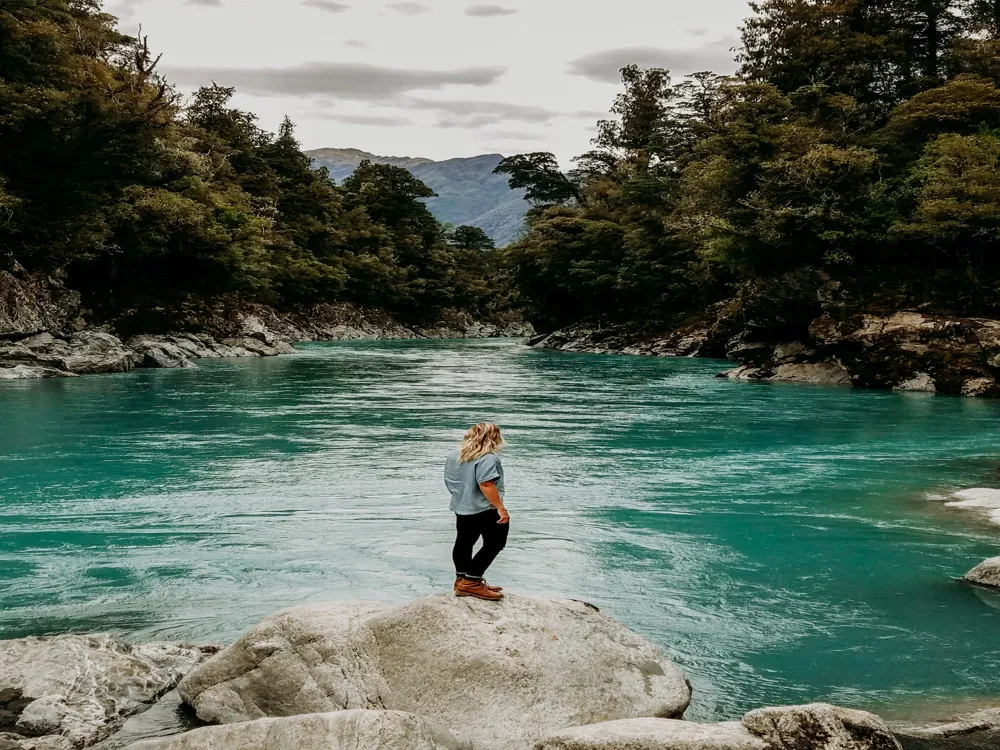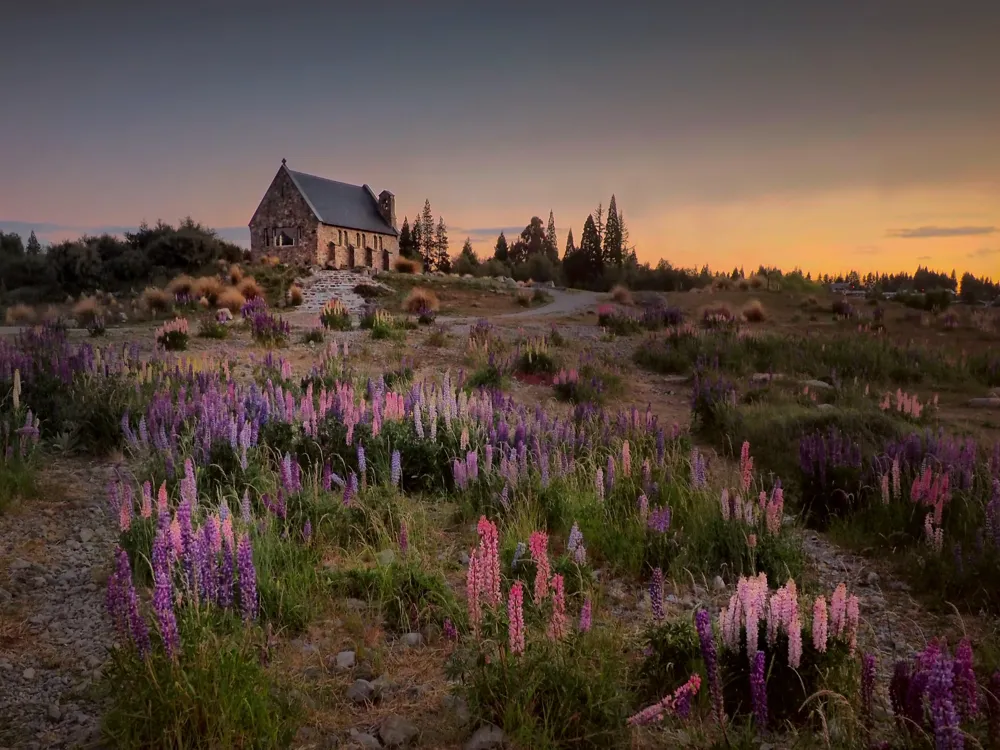The Moeraki Boulders are a fascinating natural wonder located on the Otago coast of New Zealand, near the town of Moeraki. These spherical stones have captured the curiosity and imagination of visitors for centuries. Formed over 60 million years ago, the boulders are large, spherical concretions that have been exposed through shoreline erosion from coastal cliffs. Ranging in size from about 0.5 meters to over 2 meters in diameter, they are a must-see attraction for anyone visiting the Dunedin area. The Moeraki Boulders hold significant geological and cultural importance. Geologically, they are a classic example of septarian concretions, formed in ancient sea floor sediments. These sediments accumulated around a central core over millions of years, and the minerals in the water cemented them into these large, spherical boulders. Over time, erosion has revealed these fascinating formations, making them accessible for all to marvel at. Culturally, the boulders are steeped in Maori legend, believed to be the remains of eel baskets washed ashore from the wreck of a large canoe. The formation process of the Moeraki Boulders is a fascinating aspect of their existence. Each boulder started as a small nucleus, such as a fossil or shell fragment, and over time, minerals in the seawater accumulated around this nucleus. The primary mineral is calcite, which forms the bulk of the boulders, giving them their hard, crystalline structure. This slow process of concretion formation is what makes these boulders so unique in terms of both their size and spherical shape. From a scientific perspective, the Moeraki Boulders are a window into the ancient geological past of the region. Studying these structures provides insights into the sedimentary processes and paleo-environments of New Zealand’s ancient marine ecosystems. Their well-preserved state allows geologists to understand the conditions under which they formed and how similar geological features could arise in other parts of the world. The Moeraki Boulders are not just a geological phenomenon; they are also of cultural significance to the local Maori people. According to Maori legend, the boulders are the remains of food baskets from the Araiteuru, a large canoe that brought their ancestors to the South Island of New Zealand. This blend of natural history and cultural lore adds a rich layer of significance to the boulders, making them a site of historical and spiritual importance. The 'architecture' of the Moeraki Boulders refers to their unique structural characteristics and formation process. Each boulder is a near-perfect sphere, with a hard, crystalline structure on the inside and a smoother, calcified exterior. The internal structure often features a pattern of cracks, known as septaria, which are filled with minerals such as calcite, quartz, and sometimes dolomite. These septarian veins add to the visual appeal of the boulders, creating intricate patterns that are visible on the broken or eroded surfaces. The architectural integrity of the Moeraki Boulders is a result of the unique environmental conditions under which they formed. The calcareous mudstone of the surrounding area provided the perfect material for their creation, and the eons of geological activity shaped them into the spherical forms we see today. Their size and uniformity are particularly notable, as such large and well-formed spherical concretions are rare in the geological world. The geological formation process of the Moeraki Boulders is a key aspect of their architectural significance. This process involved the gradual accumulation of sediment and minerals around a central core over millions of years. The boulders formed within the mudstone of the Moeraki Formation, originally on the ocean floor. Over time, this sediment hardened into stone, while the minerals within the sediment crystallized to form the hard, spherical structures. Erosion and weathering play a crucial role in the architecture of the Moeraki Boulders. Over millions of years, these forces have exposed the boulders, originally buried within the mudstone cliff. The action of the waves, wind, and rain has gradually eroded the softer rock surrounding the boulders, revealing them on the beach as we see them today. This natural process continues to shape and alter their appearance, making each visit to the boulders a unique experience. Conservation efforts are vital in preserving the unique architectural structure of the Moeraki Boulders. The site is a protected scientific reserve, and there are regulations in place to ensure that these geological wonders remain unharmed by human activity. These efforts are essential to maintain the integrity of the boulders for future generations to appreciate and study. The best time to visit the Moeraki Boulders is during low tide when they are fully exposed. Early morning or late afternoon can also provide beautiful lighting for photography. The Moeraki Boulders are easily accessible from the main road, with a short walk to the beach. There are parking facilities, toilets, and a café nearby. Visitors are encouraged to respect the natural and cultural significance of the boulders. Climbing on them or causing damage is prohibited. The Moeraki Boulders are located on the east coast of New Zealand's South Island, about 35 kilometers south of Oamaru. They can be reached by car via State Highway 1. The nearest major airport is in Dunedin, from where you can rent a car or take public transportation to the boulders. The journey offers scenic views and is well-signposted, making it an easy and enjoyable trip for visitors.Overview of Moeraki Boulders of Dunedin
Formation and Composition
Scientific Significance
Cultural and Historical Relevance
Architecture of Moeraki Boulders
Geological Formation Process
Impact of Erosion and Weathering
Conservation Efforts
Tips When Visiting Moeraki Boulders
Best Time to Visit
Accessibility and Facilities
Respecting the Site
How To Reach Moeraki Boulders
Moeraki Boulders
Dunedin
₹ 142,000 onwards
View dunedin Packages
Dunedin Travel Packages
View All Packages For Dunedin
Top Hotel Collections for Dunedin

Private Pool

Luxury Hotels

5-Star Hotels

Pet Friendly
Top Hotels Near Dunedin
Other Top Ranking Places In Dunedin
View All Places To Visit In dunedin
View dunedin Packages
Dunedin Travel Packages
View All Packages For Dunedin
Top Hotel Collections for Dunedin

Private Pool

Luxury Hotels

5-Star Hotels

Pet Friendly







